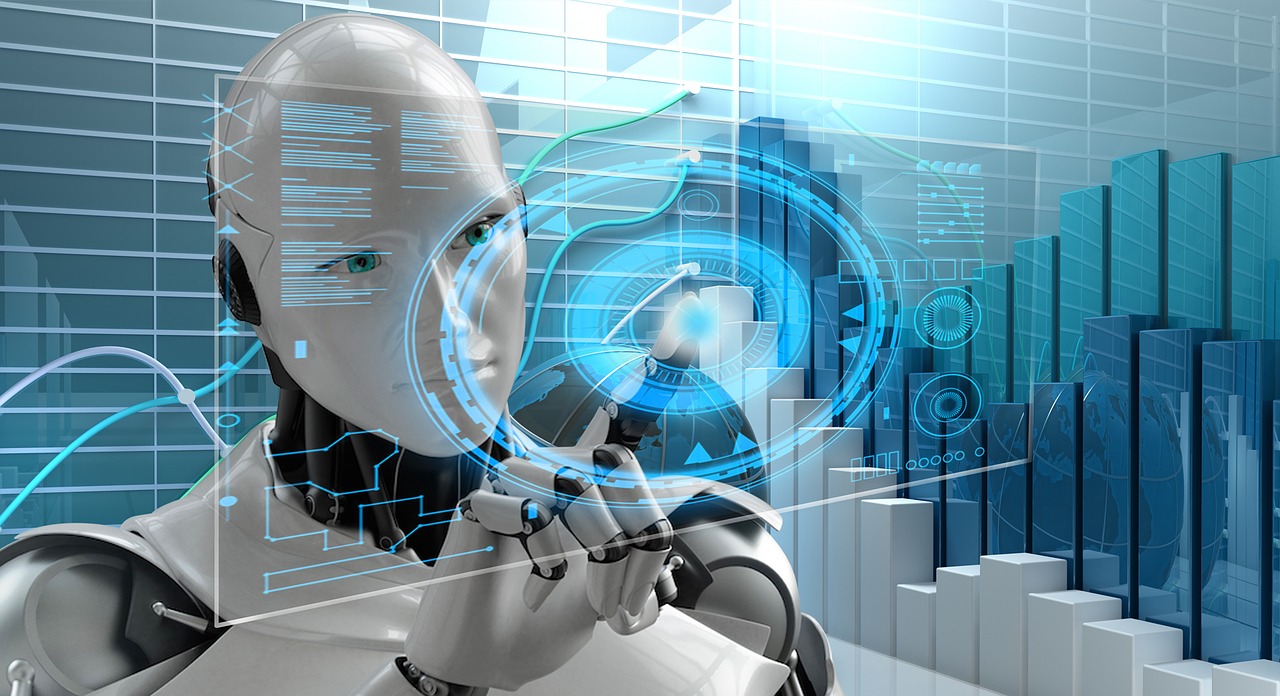It’s pretty certain, that artificial intelligence is the way of the future. In the next couple of years, you can expect robotics to take over the world in the best way possible. And while AI is useful for so many different things, there are some drawbacks to these little robots when it comes to translation. It’s not all bad but it’s important to understand both the benefits and disadvantages of using artificial intelligence for translating.
Argomenti
AI is Faster
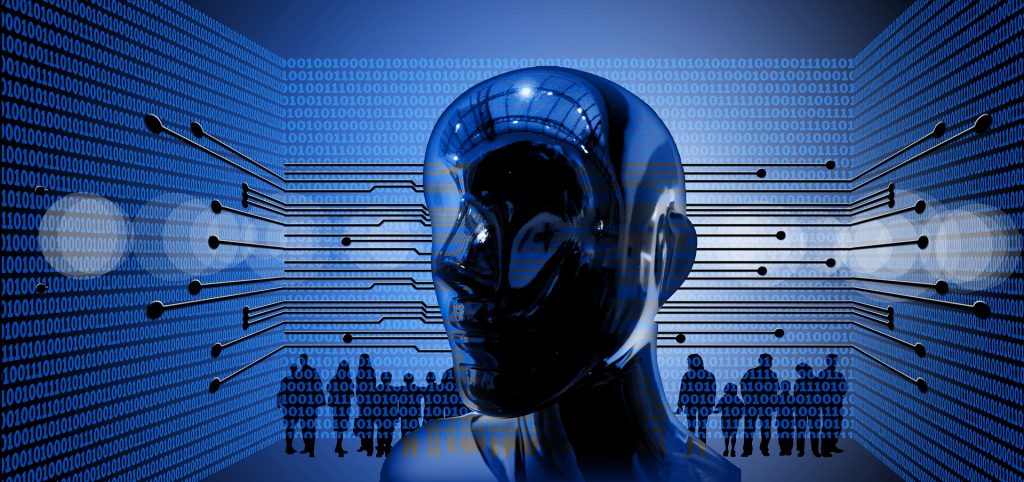
Although translators may hate to admit it, artificial intelligence is just plain faster. A robot can process a 1,000x the amount of data as a human in half the time. Artificial intelligence has the ability to take a sentence and immediately translate it to multiple different languages just based off of its software. If you’re interested in the quantity of work over the quality well then maybe a robot is best for you.
AI Doesn’t Read Subtext
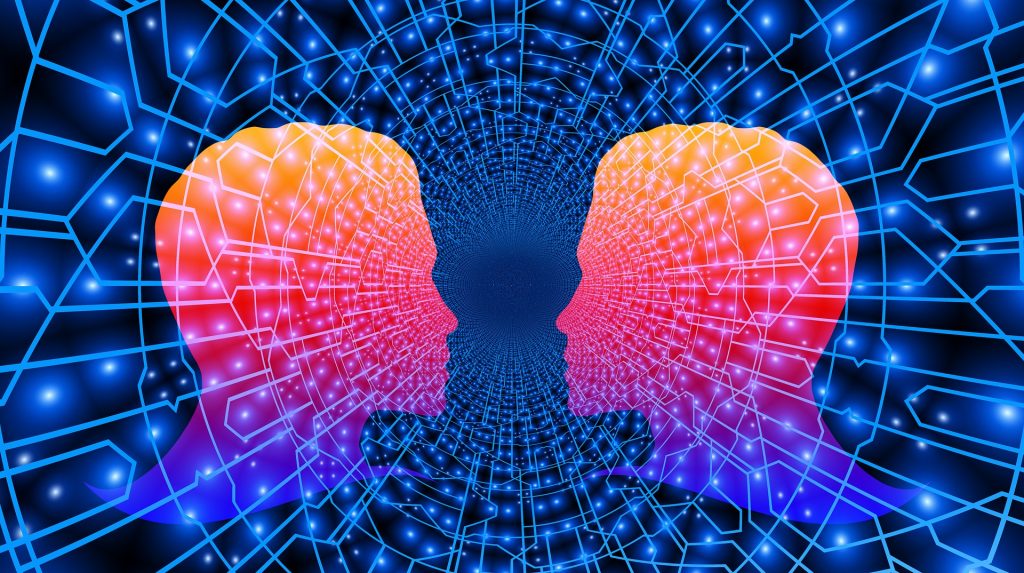
One major downside to using Artificial Intelligence for translation is that a robot has a hard time processing subtext. Meaning, that if you’re looking to translate a conversation between two people, whether it be for a movie/video, or anything else, if either of the two people were to use sarcasm there would be major issues in the AI’s translation. The same could be said for puns, hints or anything else that isn’t direct communication. The reasoning behind this problem is that AI is a program and thus cannot interpret more than what it’s been designed for. In the future it might be able to fix this problem, but not anytime soon.
AI Doesn’t Get Tired
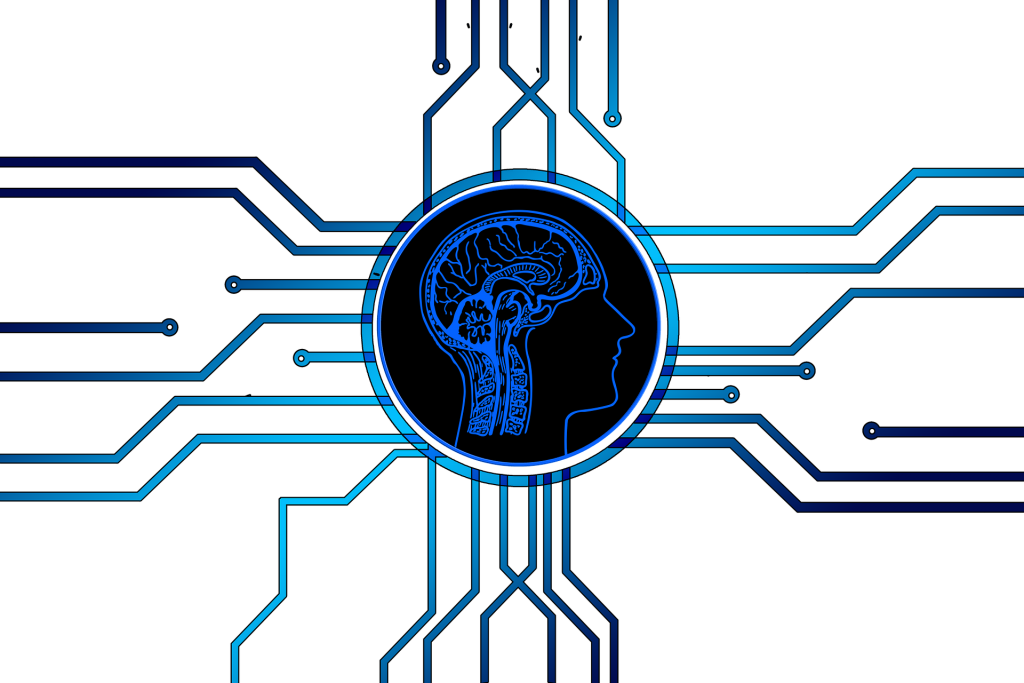
One major advantage that Artificial Intelligence has over the average human is that it doesn’t get tired. This can be very useful in terms of translation. Not only are these programs extremely fast but the AI can go on for as long as you want. It can be turned on all day and night without problems, whereas the normal translator will always need time to sleep.
It’s Simple to Use
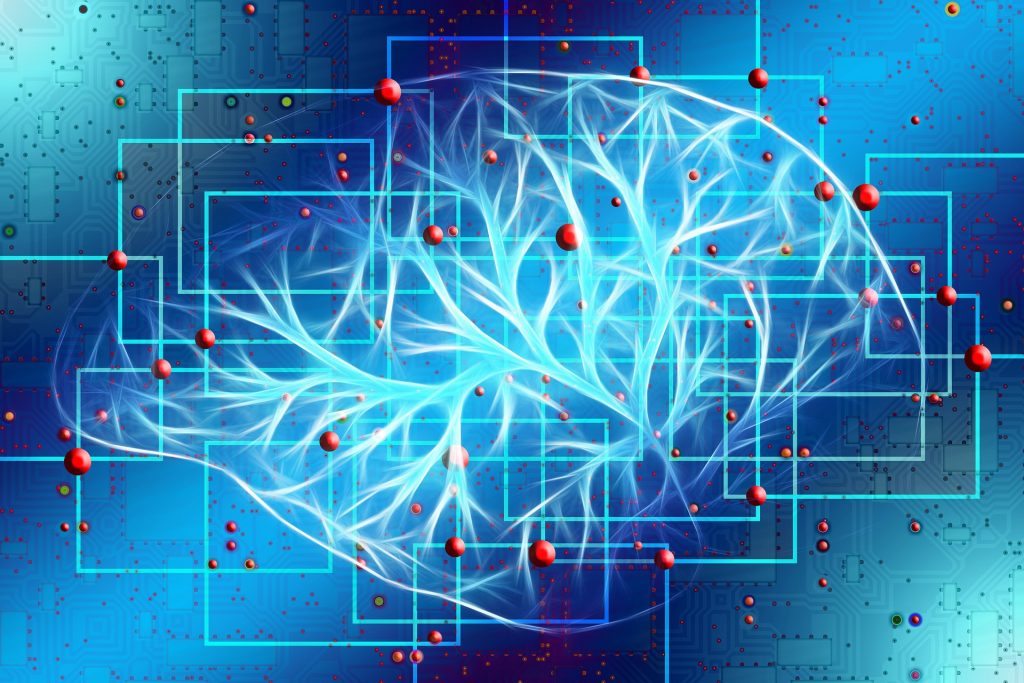
Probably the biggest strength of AI is how easy and simple using it actually is. All one has to do is simply press a button and they can know something in a new language. Now even AI apps are coming out for your iPhone or Android so that you can instantly be translated on the go. Communicating on a global scale is becoming easier and easier for people and a large part of that is thanks to AI.
AI is Not Complete Without a Human Touch
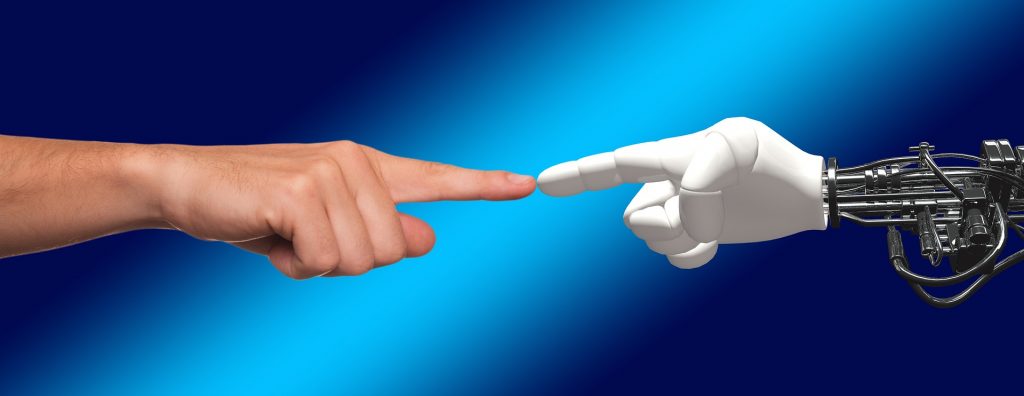
While AI can do the job faster and for a longer amount of time, it still truly can’t be complete without a human’s touch. This is because humans have the ability to think. Regardless of how powerful a certain program is, there’s no way for a robot to have cognitive thinking. They can’t distinguish between what’s right or wrong on a moral scale, and like stated before they can’t understand subtext or the underlining factors of human communication. AI’s power is finite. It cannot think on its own and therefore, a human will always have to step in.
Regardless of how capable artificial intelligence is, humans will always be more useful. Sure, they can translate quickly but the translation isn’t always EXACTLY right and they will never be able to give a personal touch in the way that humans can.
What are your thoughts on AI? Let us know!
Andrea Spila è traduttore e web writer. Prima di laurearsi in filosofia e di ottenere un dottorato in pedagogia sperimentale, ha insegnato l’inglese nelle scuole materne ed elementari. Ha lavorato anche come interprete, in particolare per scrittori e artisti, tra i quali spiccano Rebecca Solnit e Ken Loach. Nel 1999 ha fondato Traduttori per la Pace, un’associazione di volontari che offrono le proprie competenze alle organizzazioni della società civile impegnate nella difesa dei diritti umani e dell’ambiente.
Oltre a scrivere, Andrea ama cantare, arrampicare e andare in canoa.

